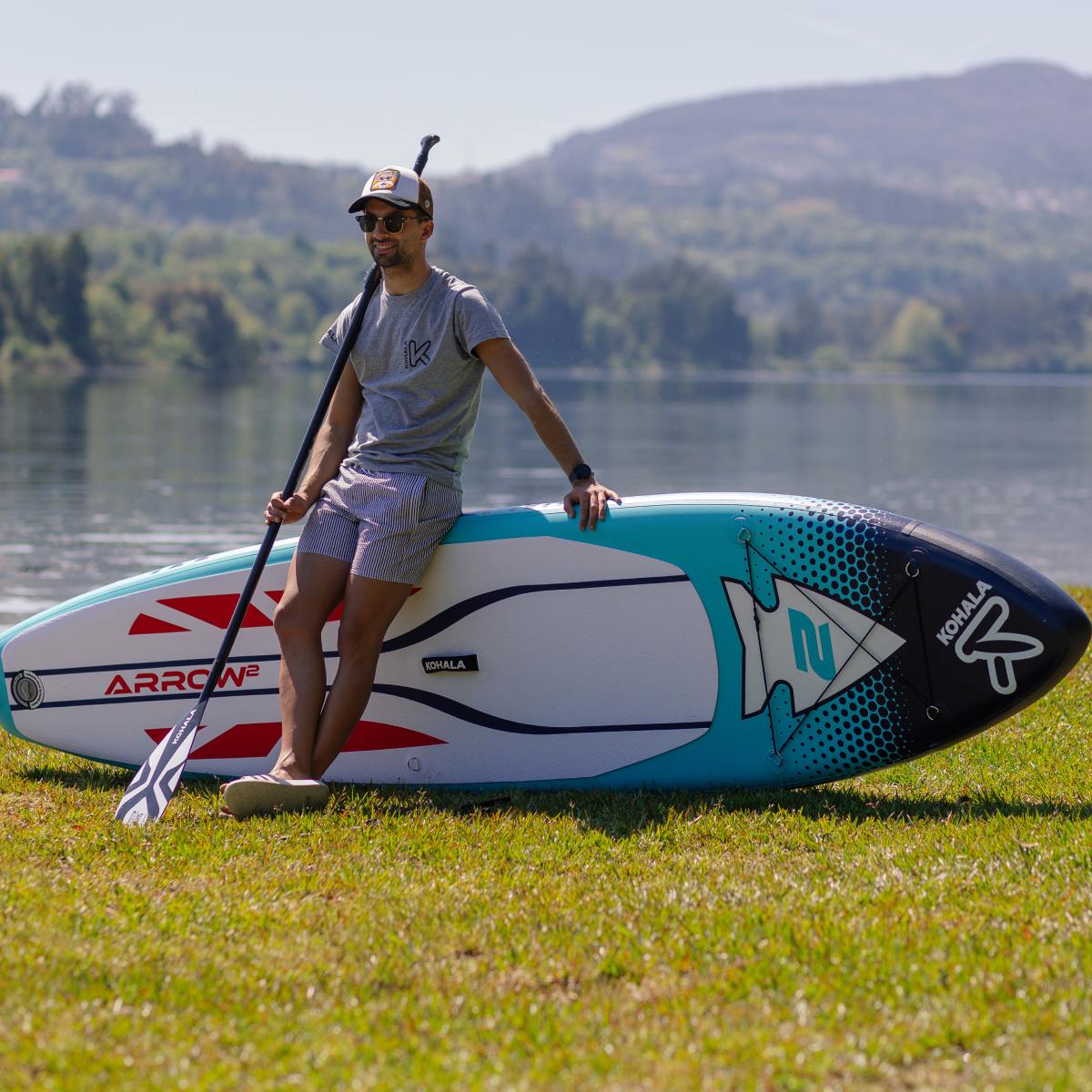
Paddle boarding is a great way to enjoy the water and get some exercise. However, once you’re done paddling, it’s important to properly store and transport your paddleboard to keep it in good condition and ensure it lasts for years to come. In this article, we will discuss how to store and transport your paddle board.
Storage
When storing your paddleboard, it’s important to keep it in a dry, cool, and stable environment. Here are some tips for storing your paddleboard:
Keep it indoors: Ideally, you should store your paddleboard indoors, in a cool and dry place. This can be a garage, a spare room, or a storage area. If you don’t have indoor storage space, you can use a cover to protect your board from the elements.
Don’t stack boards: If you have multiple paddleboards, avoid stacking them on top of each other. This can cause damage to the boards and increase the risk of warping. Instead, store them side by side or on separate racks.
Keep it dry: Make sure your paddleboard is completely dry before storing it. This will prevent mold and mildew from forming on the board. Use a towel or cloth to wipe down the board and remove any excess water.
Transportation
When transporting your paddleboard, it’s important to take precautions to prevent damage to the board. Here are some tips for transporting your paddleboard:
Use a roof rack: The most common way to transport a paddleboard is on top of a car using a roof rack. Make sure the rack is securely attached to the roof of the car and that the board is securely strapped to the rack. Use soft padding or foam blocks to protect the board from scratches and dents.
Don’t over-tighten straps: When strapping your paddleboard to your vehicle, make sure not to over-tighten the straps. This can cause damage to the board or the roof of your car. Tighten the straps just enough to hold the board securely in place.
Use caution when loading and unloading: When loading and unloading your paddleboard from your car or trailer, use caution to prevent dropping or damaging the board. Use two people if possible, and lift the board from the middle to prevent bending or warping.
Maintenance
Proper maintenance is key to ensuring your paddleboard lasts for years to come. Here are some tips for maintaining your paddleboard:
Rinse it after use: After using your paddleboard, rinse it with fresh water to remove any salt or sand that may have accumulated on the board. This will prevent corrosion and damage to the board.
Store it properly: As discussed earlier, store your paddleboard in a dry, cool, and stable environment to prevent warping or damage.
Inspect it regularly: Inspect your paddleboard regularly for any signs of damage or wear and tear. Cracks, dents, or scratches can be repaired with a repair kit, but more serious damage may require professional repair.
Protect it from the elements: Use a cover to protect your paddleboard from the elements, especially if you’re storing it outside. This will prevent sun damage, fading, and weathering.
Conclusion
Properly storing and transporting your paddleboard is crucial for keeping it in good condition and ensuring it lasts for years to come. Store it in a dry, cool, and stable environment, use a roof rack or trailer for transportation, and maintain it regularly. With these tips in mind, you can protect your paddleboard and enjoy it for many paddle boarding adventures to come.

